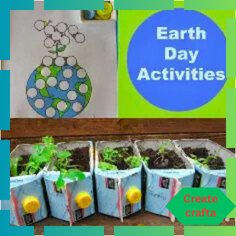
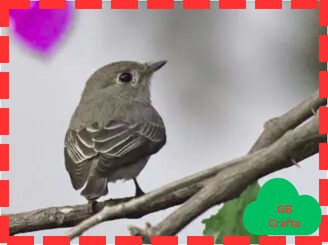
Here’s a well-rounded list of Middle School Earth Day Activities combining writing exercises, arts and crafts, science challenges, and more — perfect for engaging 6th–8th graders:
✍️ Writing Exercises
- Earth Day Pledge Journals
– Have students write a personal pledge describing one way they will help the environment.
– They can illustrate the page or decorate it with nature-themed borders. - Letter to the Future
– Students write letters to a child living 50 years from now about the current state of the planet.
– They describe what they hope Earth will look like in the future. - Persuasive Essays
– Challenge students to write a persuasive piece on topics like banning plastic straws, starting a school compost program, or protecting local wildlife. - Poetry about Nature
– Haikus, acrostics, or free verse poems about Earth, ecosystems, or endangered animals. - “If I Were Mayor…” Essay
– Students write about environmental policies they’d enact to make their town more eco-friendly.
🎨 Arts & Crafts
- Upcycled Art Contest
– Students create sculptures or collages from clean recyclables (bottle caps, paper scraps, cereal boxes). - Earth Day Murals
– Collaborate on a large paper mural of the Earth or a local habitat. Each student adds their own section. - Seed Paper Cards
– Make homemade paper embedded with seeds. Students can give their cards to friends or family. - Mini Terrariums in Recycled Jars
– Use glass jars to build small plant habitats and discuss ecosystems. - Earth Day Bracelets
– Make friendship bracelets with green/blue string while discussing sustainability.
🔬 Science Challenges
- Trash Sort Relay
– Teams race to sort items into bins: compost, recycling, and landfill. - Build a Solar Oven
– Using pizza boxes, foil, and plastic wrap, students create simple solar ovens to warm snacks. - Water Filter Experiment
– Test filtration by building mini water filters using sand, gravel, and charcoal. - Energy Audit of the Classroom
– Students measure energy use (lights, electronics) and create an improvement plan. - Plant Growth Challenge
– Grow seeds under different conditions (light vs. dark, different soils) to study sustainability in farming.
🌱 Extra Activities
- Nature Scavenger Hunt: Make a checklist of local plants, insects, or eco-friendly items to find on school grounds.
- “Eco-Inventions” Showcase: Students design an invention that could solve an environmental problem.
- School Garden Help Day: Work together to plant flowers, trees, or vegetables on school property.
- Recycling Awareness Posters: Students create digital or hand-drawn posters to hang around school.
Would you like me to group these into a ready-to-print lesson plan format (like a one-pager teachers can hand out), or keep it as this detailed list?
- Learn How to Compost


It’s a terrific Earth Day idea to teach your children how to compost! In their own communities and backyards, they will have the chance to learn more about the advantages of this environmentally friendly pastime and how it may assist the environment. You could even cultivate some plants with your compost!
2. Renewable Energy Debate

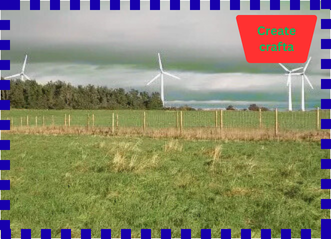
Here’s how you can set up a Renewable Energy Debate for middle school students — it’s engaging, age-appropriate, and ties perfectly into Earth Day:
🎤 Purpose
Help students understand different perspectives on renewable vs. nonrenewable energy sources while practicing research, critical thinking, and public speaking.
📝 Step-by-Step Plan
- Choose the Debate Question
Examples:- “Should our town switch entirely to renewable energy by 2035?”
- “Are renewable energy sources better than fossil fuels for our future?”
- “Should schools invest in solar panels?”
- Assign Teams
- Affirmative (supporting renewable energy or the switch).
- Negative (opposing or highlighting challenges of renewable energy).
Each side gets 3–4 students for a small debate or more for a full class debate.
- Research Time (1–2 class periods)
Students gather facts, statistics, and examples. Provide a short resource list or links to age-appropriate articles about solar, wind, hydro, geothermal, and biomass. - Role Assignments
Within each team, assign roles:- Opening speaker (introduces the case).
- Evidence presenter (shares data/examples).
- Rebuttal speaker (responds to opposing points).
- Closing speaker (summarizes the argument).
- Debate Rules (Simple & Clear)
- Opening Statements: 2 minutes per side.
- Evidence/Arguments: 3 minutes per side.
- Rebuttal: 2 minutes per side.
- Closing Statements: 1 minute per side.
- Judges (teacher or classmates) score clarity, persuasiveness, and teamwork.
- Judging & Reflection
- Judges use a simple rubric (persuasive points, evidence quality, teamwork, speaking skills).
- Afterward, hold a class discussion: “What did you learn about renewable energy? Did any arguments surprise you?”
🌱 Tips to Make It Fun
- Provide students with “debate prep sheets” where they can list their main points and evidence.
- Allow them to make visual aids (charts, posters, or slides) to back up their arguments.
- Give small awards for categories like “Most Convincing Argument” or “Best Teamwork.”
Would you like me to create a ready-to-use debate kit (question prompts, student prep sheets, and a scoring rubric) for you? It would be printable and classroom-ready.
3. Hydroponic Farming
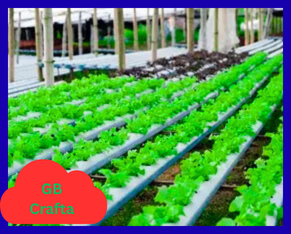
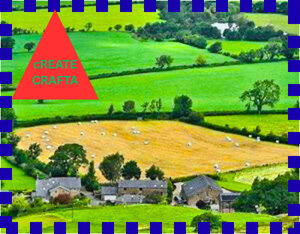
It’s a terrific Earth Day idea to teach your children how to compost! In their own communities and backyards, they will have the chance to learn more about the advantages of this environmentally friendly pastime and how it may assist the environment. You could even cultivate some plants with your compost!
4. Make Bird Feeders
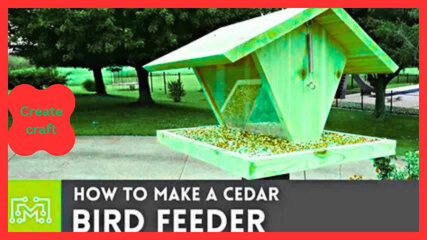

Here are some fun and easy bird feeder ideas you can make at home using simple materials (many recycled!):
1. Pinecone Bird Feeder
- Materials: Pinecone, peanut butter (or honey), birdseed, string.
- Steps: Tie string to the pinecone, spread peanut butter into the cracks, roll it in birdseed, then hang it from a tree.
2. Toilet Paper Roll Feeder
- Materials: Empty toilet paper roll, peanut butter, birdseed, string.
- Steps: Spread peanut butter on the roll, roll it in birdseed, thread a string through the roll, and hang it up.
3. Plastic Bottle Feeder
- Materials: Empty plastic bottle, two wooden spoons or sticks, string, scissors, birdseed.
- Steps: Cut small holes in the bottle, insert wooden spoons (to make perches), fill the bottle with seed, and hang.
4. Orange Peel Feeder
- Materials: An orange, string, birdseed.
- Steps: Cut an orange in half, scoop out the inside, poke holes and tie string, fill with birdseed, and hang.
5. Teacup Feeder
- Materials: Old teacup and saucer, super glue, string or chain, birdseed.
- Steps: Glue the cup sideways to the saucer, let it dry, fill with seeds, and hang or place outside.
6. Milk Carton Feeder
- Materials: Clean milk carton, scissors, paint (optional), string, birdseed.
- Steps: Cut a large window in the side, add a small perch (pencil or stick), decorate if you like, then fill with seeds.
👉 Do you want me to make this list kid-friendly with step-by-step craft instructions, or more like a DIY guide for adults using tools?
5. Zero Waste School Challenge
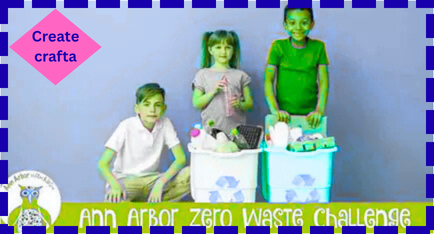
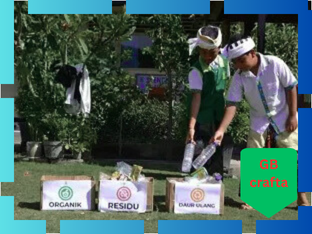
Could your school minimise its plastic and food waste? Engage your children in the task of waste reduction by assigning them to audit the school’s trash. After that, you can motivate them to create and spearhead initiatives to adopt conservation techniques to cut down on food waste and single-use plastics!
6. Bean Pole Garden Tent
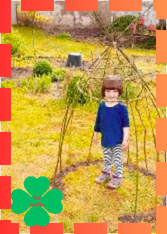
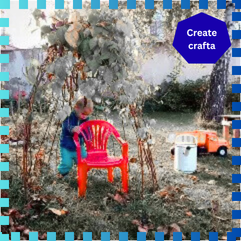
Here’s a simple guide for making a Bean Pole Garden Tent in plain English:
What You Need
- 8 to 12 tall poles or bamboo sticks (about 6–8 feet long)
- String or garden twine
- Pole bean seeds (climbing beans)
- A shovel or trowel
- Good soil or compost
How to Make It
- Pick a Spot
- Choose a sunny place in your garden.
- Make sure the soil drains well.
- Build the Frame
- Push the poles into the ground in a circle, leaving one side open for a “door.”
- Gather the tops of the poles together and tie them with string to make a teepee shape.
- Plant the Beans
- Plant 2–3 bean seeds at the base of each pole.
- Cover with soil and water gently.
- Help Them Climb
- As the beans sprout, guide them to climb the poles.
- They will soon cover the poles with leaves and vines.
- Enjoy the Tent
- In a few weeks, the plants will create a shady green hideout.
- You can also harvest fresh beans to eat!
👉 Would you like me to also give you a step-by-step kids’ activity version (fun and playful), or keep it as a garden project guide for adults?
7. Root Veggie Grow Bags
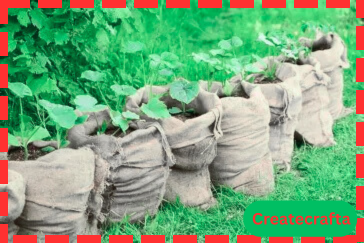
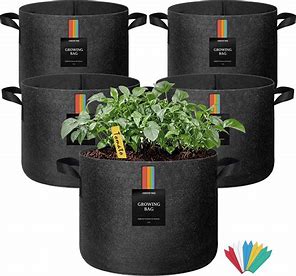
Create a class veggie garden of your own! You may teach your children the value of the environment in providing for our food by having them grow vegetables! Because these bags feature a window that lets you get a peek and see how they change as they grow, using them is a terrific way to make this activity come to life for children.
8. Earth Day Learning Lab
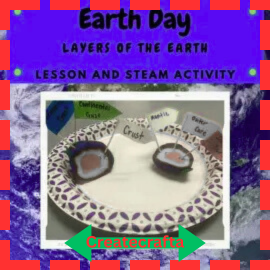
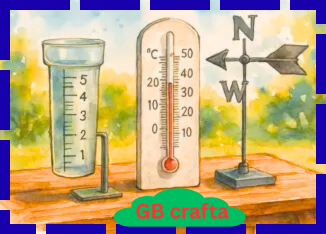
Here’s a concept for “Earth Day Learning Lab” that you can use for schools, libraries, or community centers:
🌍 Earth Day Learning Lab: Hands-On Exploration for All Ages
Overview:
The Earth Day Learning Lab is a creative, interactive space where kids, teens, and even adults can explore sustainability through experiments, crafts, and challenges. It blends science, art, and environmental action to help learners see how small choices create big change.
🔬 Science Stations
- Water Filter Challenge – Build simple filters with sand, charcoal, and pebbles.
- Energy Explorers – Use solar panels or hand-crank generators to power small devices.
- Compost in a Jar – Layer organic waste and soil, then watch decomposition over time.
🎨 Creative Corners
- Recycled Art Studio – Make collages, sculptures, or jewelry from repurposed materials.
- Seed Paper Making – Blend scrap paper with seeds to create plantable paper.
- Earth Prints – Use leaves, flowers, and vegetables to make eco-inspired stamps.
🧩 Interactive Challenges
- Trash Sorting Race – Practice recycling by sorting items into bins as fast as possible.
- Carbon Footprint Game – Match everyday habits with their environmental impact.
- Eco-Scavenger Hunt – Hunt for clues about renewable energy, wildlife, and conservation.
🌱 Take-Home Impact
- Plant a seedling in a decorated pot.
- Make a reusable “green pledge card” to track eco-friendly habits at home.
- Create DIY bird feeders or bee hotels to support local wildlife.
✨ The Learning Lab can be set up as rotating stations, a half-day event, or even a week-long celebration. It’s flexible, hands-on, and designed to inspire stewardship of the Earth through curiosity and fun.
Do you want me to design this as a structured activity guide for teachers (with instructions and materials list), or more like a public event plan for community centers?
9. Start Some Seed Jars
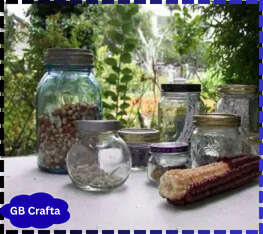
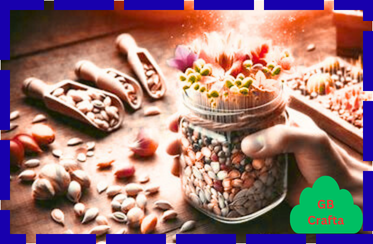
Assign your pupils to tend to their own seed. A wonderful method to show kids that they can grow something from scratch with proper care and attention is to start seed jars! As they make sure their seedling receives enough sunlight and water to thrive, they will enjoy the responsibility!
10. Read and Respond
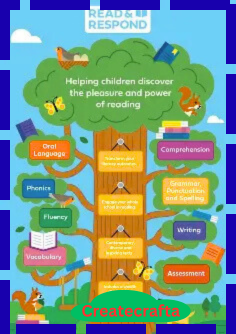
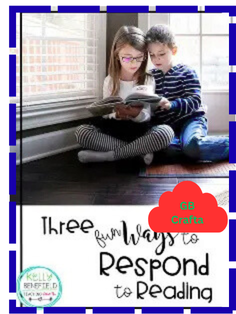
The best method to increase interest in any subject is to use read-and-respond prompts. Encourage your students to discuss ideas like global warming and current environmental protection efforts using this digital resource. What could be better than a pre-made Earth Day writing assignment?
11. Read ‘Just A Dream’ by Chris Van Allsburg
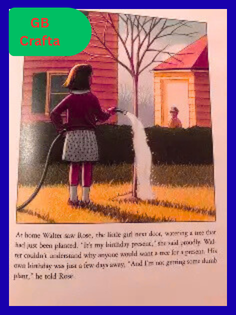
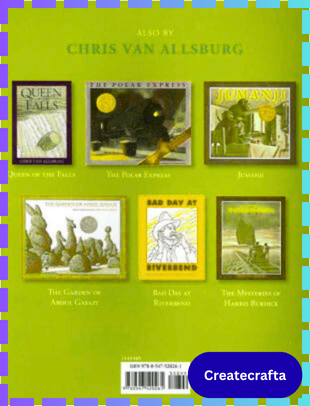
Just a Dream by Chris Van Allsburg is a children’s picture book that tells the story of Walter, a boy who doesn’t care much about the environment. He throws trash on the ground, laughs at recycling, and doesn’t think about how his actions affect the Earth.
One night, he falls asleep and dreams of the future. But instead of flying cars or cool inventions, he sees a world ruined by pollution, deforestation, and waste. He dreams of smokestacks, garbage mountains, and forests that have been destroyed. Each part of the dream shows him how careless choices lead to an unhealthy planet.
When he wakes up, Walter realizes he doesn’t want that kind of future. He changes his behavior—picking up trash, recycling, and caring more about the Earth.
👉 The story’s message is clear: small actions matter, and if people don’t take care of the planet today, the future will be bleak. But if we make responsible choices, we can protect it.
Would you like me to write a simple response as if from a student’s perspective (like a short reflection), or do you want a detailed analysis of the book’s themes and lessons?
12. Beekeeping Field Trip
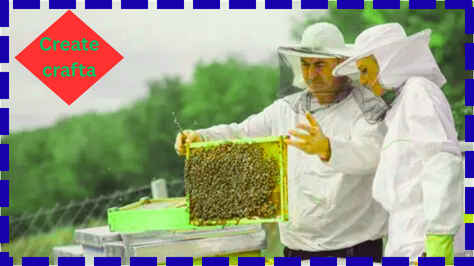
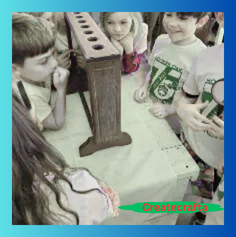
Not just your children will be excited about Earth Day! You may plan a visit to a nearby bee farm if you’re fortunate enough to have one. The significance of bees in promoting agricultural diversity and food production will be taught to your children. They will quickly become bee experts on these tiny yellow and black insects!
13. Food Waste Challenge
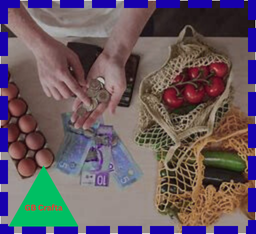
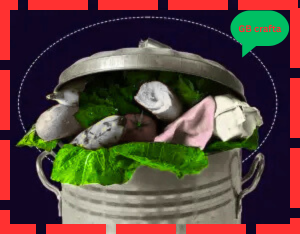
Got it! Here’s a clear response in English to “Food Waste Challenge”:
The Food Waste Challenge is an activity where individuals, families, or groups try to reduce the amount of food they throw away. It encourages people to plan meals carefully, use leftovers creatively, compost scraps, and buy only what they need. The goal is to save money, protect natural resources, and reduce the amount of food ending up in landfills.
👉 Would you like me to create this as a classroom activity idea, a community project, or just a simple explanation for general awareness?
14. Plant a Tree
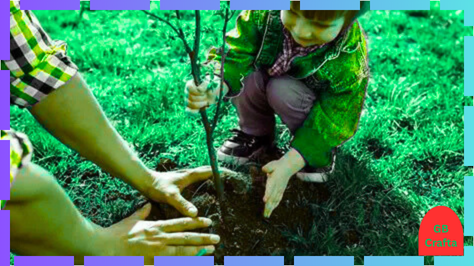
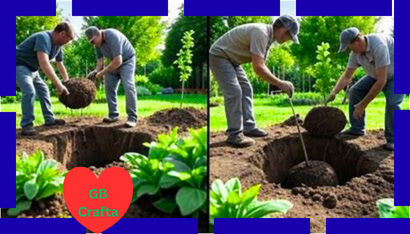
One of the best ways for your children to have a positive impact is to plant a tree! Urge children to get their hands dirty by helping to plant trees and shrubs in the earth surrounding the school. In addition to immediately benefiting the environment, they will learn how to plant properly and watch as their trees grow over time!